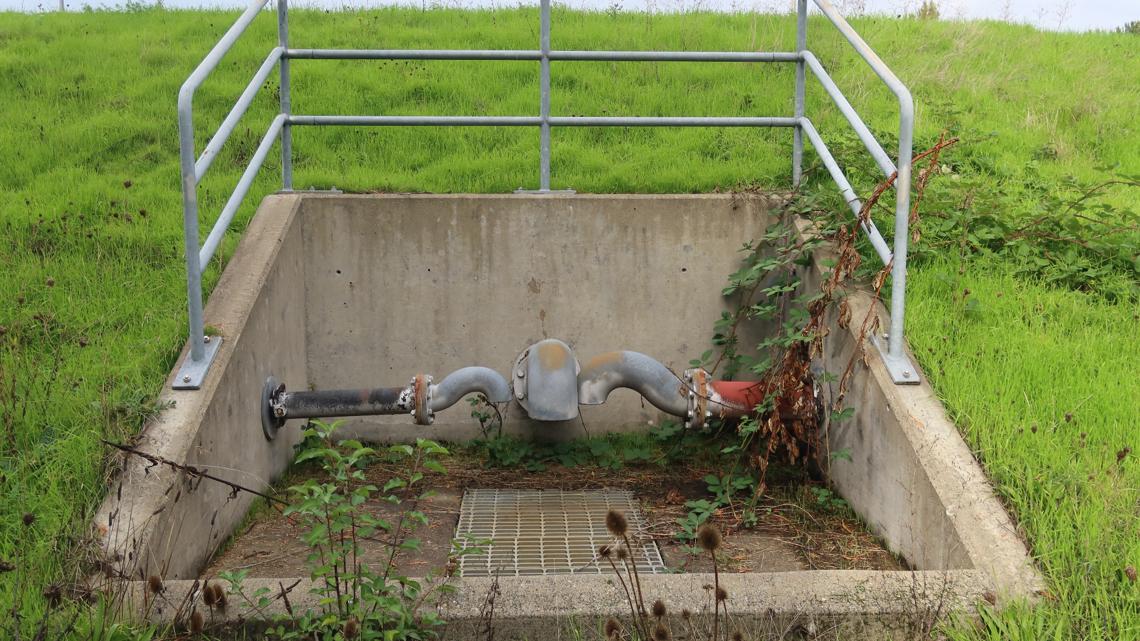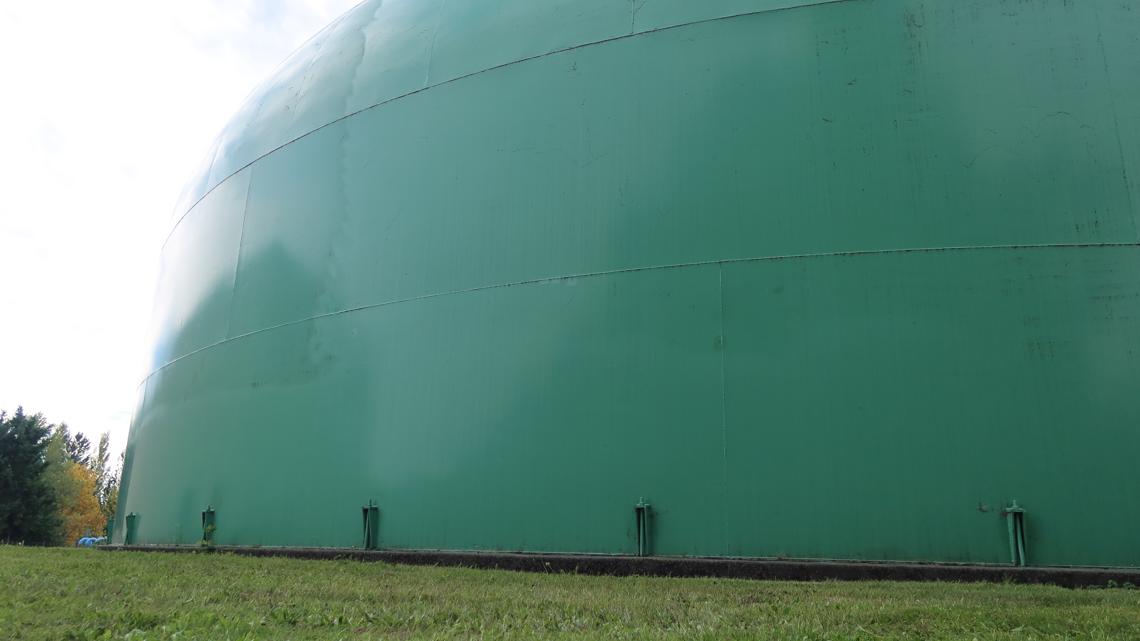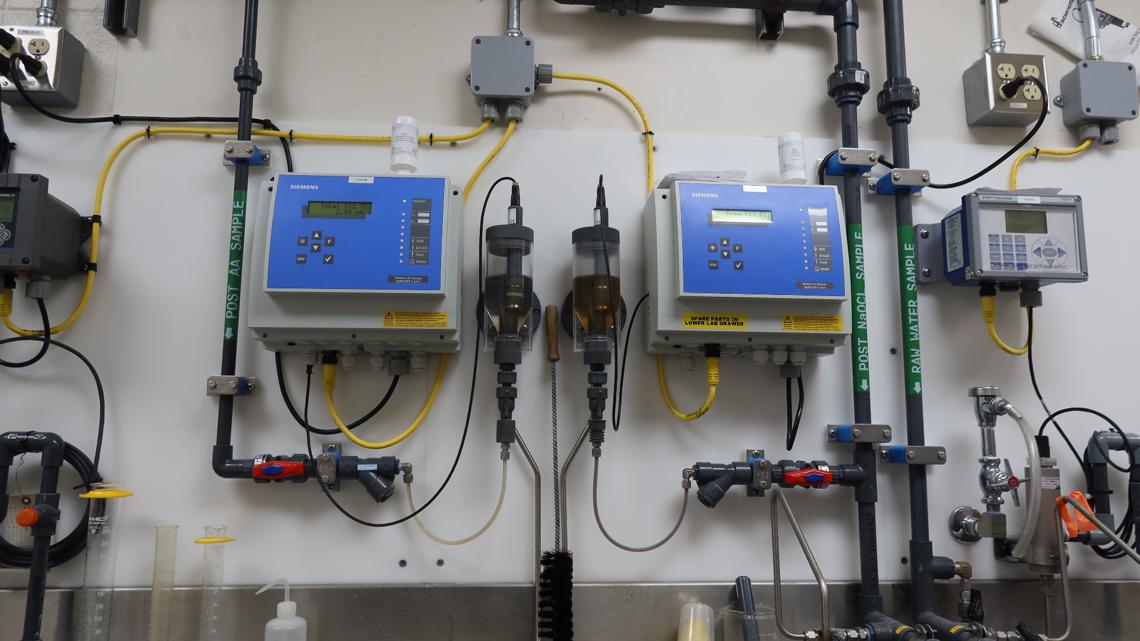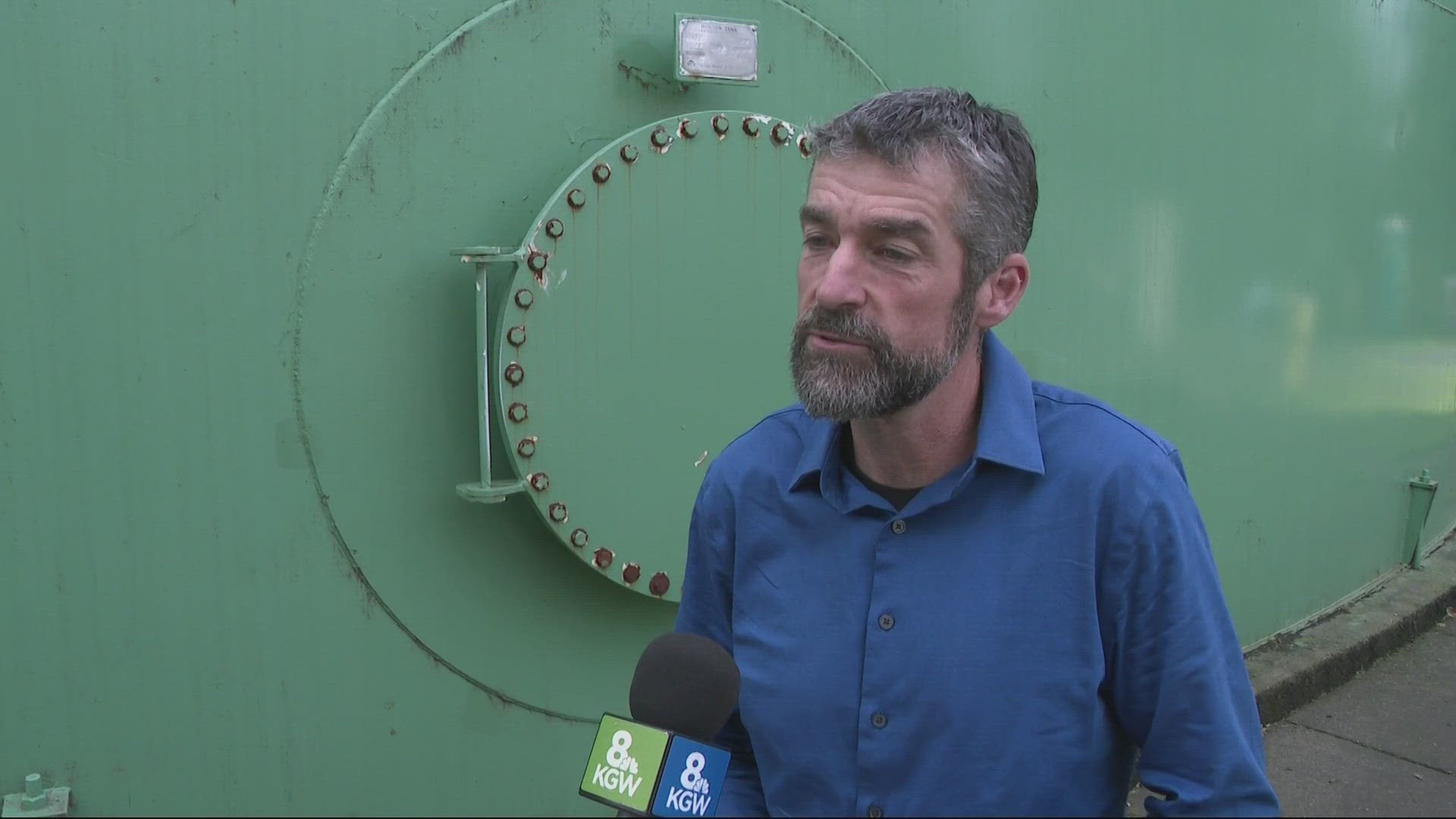PORTLAND, Ore. —
Most Portlanders probably don't pay much attention to where their drinking water comes from.
Turn on the tap and clean water comes out, no extra thinking required.
Most of the time, Portland's drinking water comes from the Bull Run watershed, 102 square miles of pristine forest on the western flank of Mount Hood.
But Portland is among the lucky few municipalities that have not one but two sources of drinking water.
"We're very fortunate here in Portland to have two high quality sources: the Bull Run and our groundwater well field out here," Scott Bradway, water quality information manager with the Portland Water Bureau, said while giving KGW a tour of the groundwater pumping facility. "We've got 25 different wells and they are spread throughout what we call our well field, which goes from about the airport at I-205 all the way up to Blue Lake Park."


It doesn't take a look into the distant past to see why having a secondary water source is important.
In late August, a lightning strike ignited the Camp Creek fire in the watershed. Over the course of several weeks, the wildfire came close to one of the reservoirs and a facility called the headworks, where the water bureau treats water before it makes its way to Portland.
"There was a potential risk at that time that we may have had to evacuate our Bull Run treatment source," Bradway said.
But the well field isn't just for emergencies. By coincidence, the bureau had already begun pumping groundwater the day before the fire started to supplement the Bull Run supply after a long, hot summer.
The wells themselves run between 100 and 600 feet deep and tap into three different aquifers. When all the wells are in use, the system can produce between 65 and 95 million gallons per day. That's not quite enough to meet summer demand, which is around 125 million gallons per day, but more than enough to augment the Bull Run supply.
Once water is drawn up from the wells, it's delivered to a groundwater pumping facility in Northeast Portland where it's stored in a 2-million-gallon tank so that ammonia and chlorine can be added.


"What the ammonia does is it blends with the chlorine to form a long-lasting disinfection, so that will keep that disinfection active throughout the whole distribution system," Bradway said, noting that Portland has more than 2,000 miles of distribution lines in the city.
The bureau has a lab on site where they constantly test the water to make sure it meets safety standards, and two operations engineers work behind vast banks of computer screens that tell them exactly what's happening in all parts of the water system.


Once it's treated, massive pumps move the water to four storage reservoirs, each one with a 50-million-gallon capacity, at Powell Butte. From there, drinking water runs through the distribution system to all corners of the city, ready to drink at the turn of the tap.
Bradway said most people don't notice when the bureau blends groundwater in with the Bull Run supply, but there are some subtle differences.
"We do get calls from some customers who, every time we turn on groundwater, they're wondering what happened," he said. "There are some people, people who are really sensitive to taste, who might notice a little bit of that mineral taste."
That higher mineral content comes from the fact that the water is filtered through rocks and soil before it ends up in the aquifers. Aside from a slight difference in taste, the more mineral-rich water can also leave more water spots on dishes, Bradway said, and it can be harder to work up a soapy lather.
Aside from that, the groundwater in Portland has few, if any, discernible differences from the water we're all used to from Bull Run.
Despite the fact that most residents don't think about exactly which source their drinking water comes from, Bradway said residents should feel lucky it's something Portlanders don't have to think about.
"There are many places around the country that don't have a secondary source they can rely on when they have emergencies or other issues that happen to the primary source," he said. "We're just really fortunate to have this resource available to us."

